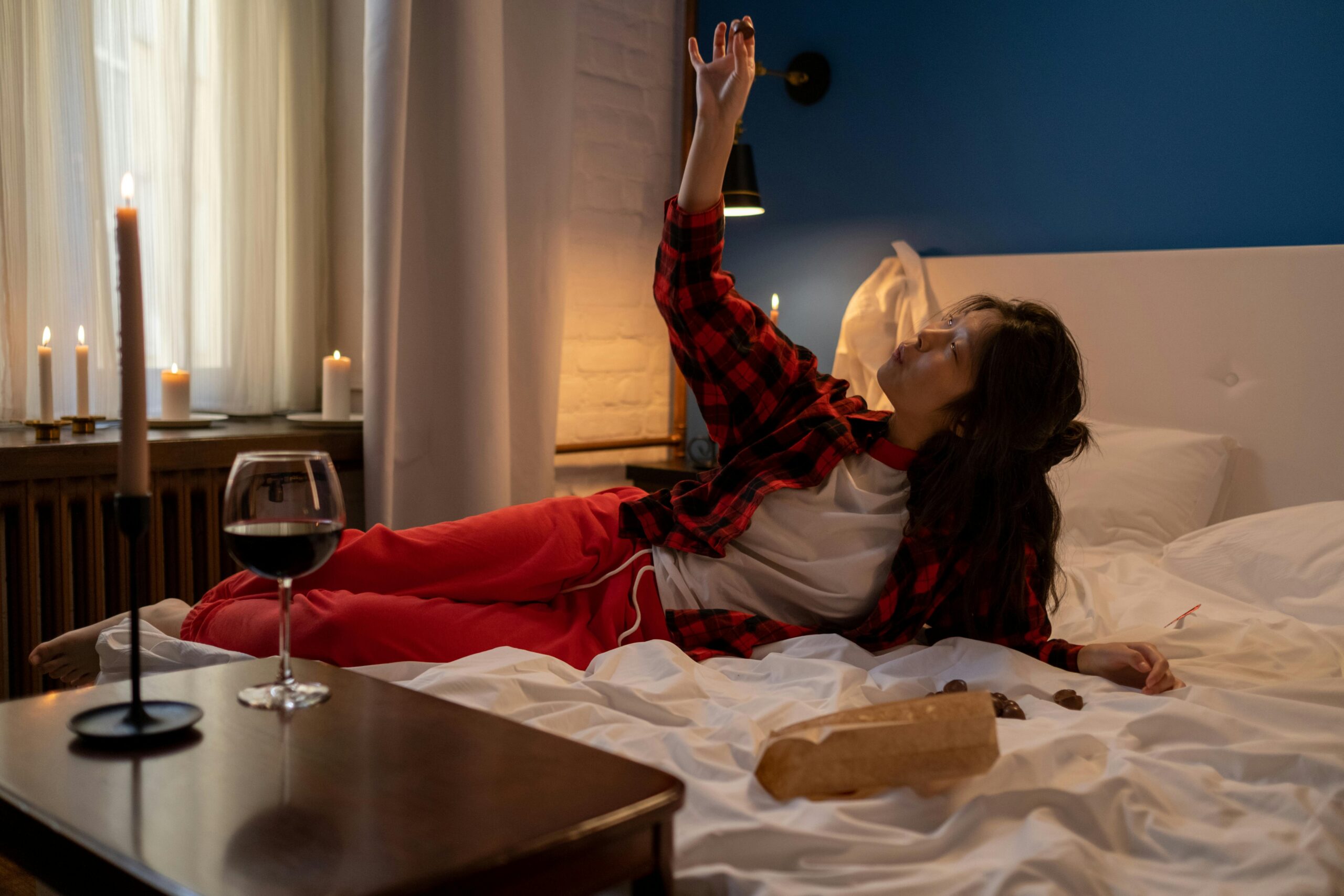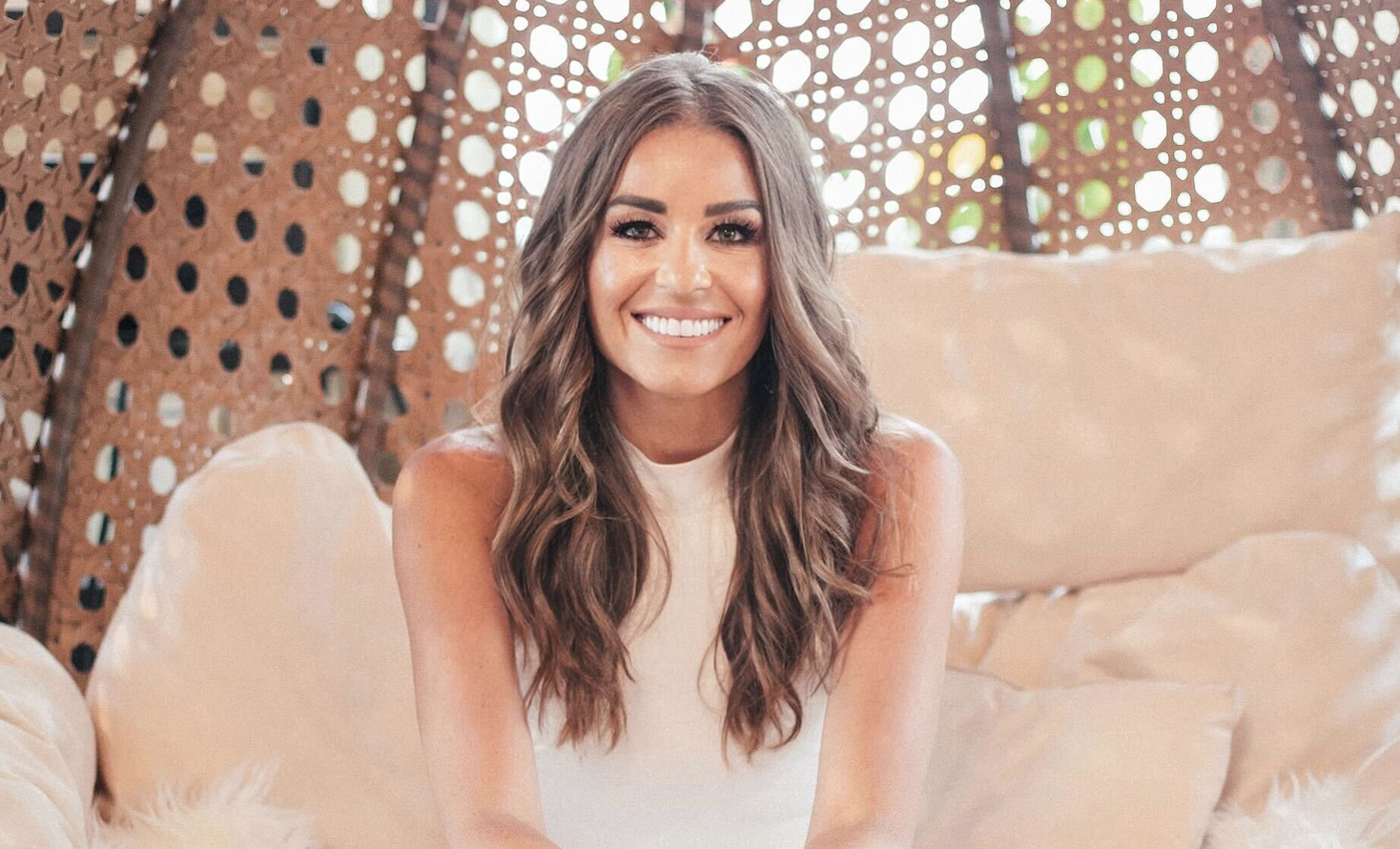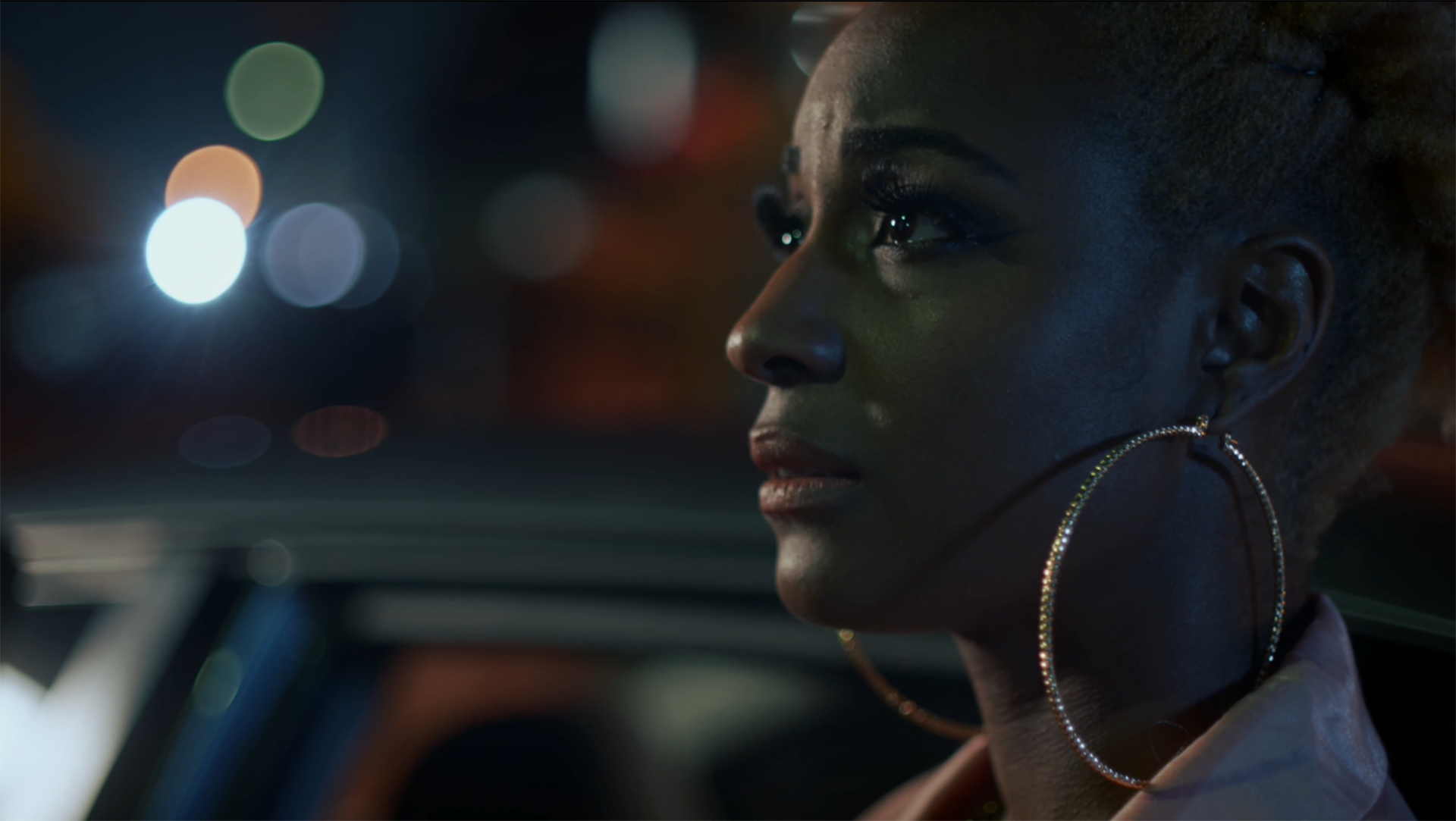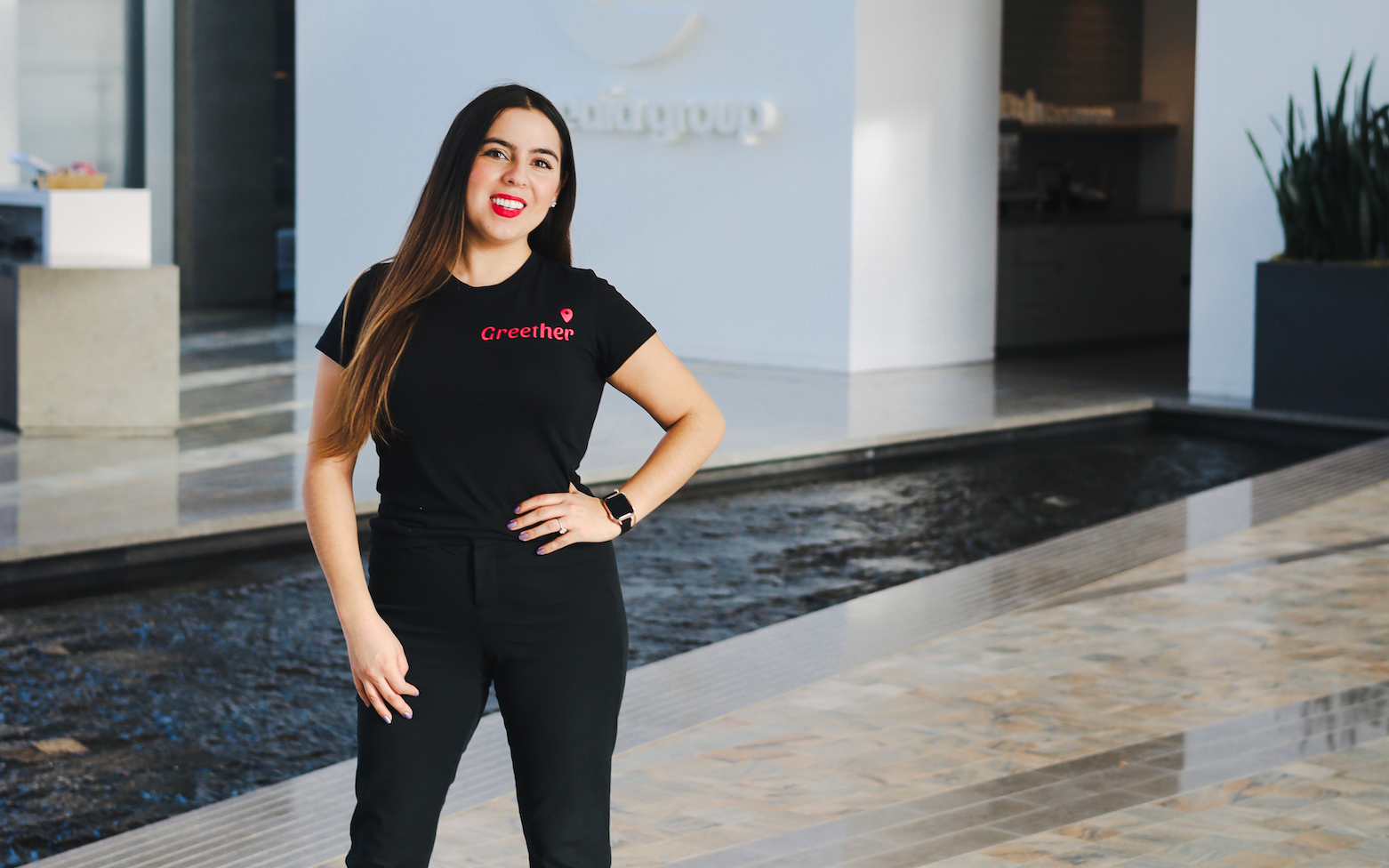
March is Women’s History, and it is also the month we celebrate International Women’s Day. This year, we wanted to include stories about female veterans in our coverage, as not only are these brave women making history, they are protecting our country and our freedoms while they do it. The sacrifice they make is undeniable, but as many of us are aware, that often comes at a cost.
The U.S. Department of Veterans Affairs projects that women will account for 15% of the veteran community by 2035. That means the fastest-growing demographic of veterans are women. The aforementioned sacrifices are often misunderstood or invisible to civilians. This is particularly true for many women veterans.
According to findings from Wounded Warrior Project’s (WWP) Annual Warrior Survey, recently released and funded by CSX, female WWP warriors are significantly more likely than males to report being lonely and a vast majority of them feel people who are not in the military do not understand their experience (87.2%).
Some of the most startling findings include the data point that nearly 7 in 10 female WWP warriors experienced Military Sexual Trauma (67%). In fact, female WWP warriors indicated experiencing sexual assault at a rate more than two times higher than females in the U.S. general population. In addition to this, female warriors face a wage gap, lack of access to crucial healthcare services, difficulty securing long-term employment and feelings of isolation exacerbated by COVID-19.
So we had the opportunity to speak with Tracy Farrell, the VP of Connection Project Management at WWP to ask her about some of these findings from the recent survey. Tracy also helps oversee WWP’s Women Warriors Initiative. Before joining WWP, Tracy served for more than 22 years in the U.S. Army as a leader and trainer. She holds a master’s degree in counseling and development from Long Island University, C.W. Post campus. Here’s what she told us:

How did the Women Warriors Initiative first come about?
The U.S. Department of Veterans Affairs (VA) projects that women will account for 15% of the veteran community by 2035. From 2000 to 2019, the number of female active-duty service members increased by 12%, and female Reserve service members increased by 15%. This influx of women in the military means that more women veterans need access to VA health care and community support. WWP developed the Women Warriors Initiative to understand, empower, and advocate for women warriors who have served our nation.
Through multiple surveys and 13 roundtable discussions, we found that women warriors face different challenges than male warriors. We use the information from our surveys to adjust and expand our programs and services to meet women’s needs. Wounded Warrior Project® (WWP) just released its 2021 Annual Warrior Survey and it reveals more details on our women veterans’ experience.
As women veterans are now the fastest-growing demographic, does this mean we are seeing more women in positions of leadership in the military overall?
Since the Department of Defense (DoD) opened all roles to women in 2016, women have been expanding their service in the military. There have been many female “firsts” across the service branches – from taking on more prominent command leadership roles to filling positions in more combat arms details.
In 2020, the Air force installed Chief Master Sgt. Joanne S. Bass as the 19th Chief Master Sergeant of the Air Force – the first woman to serve as the highest-ranking noncommissioned officer of a U.S. military service. Just last year, the Army confirmed its first female secretary and promoted its first female as inspector general of the Army. Also last year, the first female sailor became a Naval Special Warfare combatant-craft crewman.
The recent Annual Warrior Survey found some disturbing results, including the fact that female veterans experience sexual assault at higher rates than women in the general population. Can you share more on what is being done to address this problem?
We believe more needs to be done to address this issue and help those who have experienced military sexual trauma (MST). One of WWP’s top legislative priorities is for VA to provide more coordination across agencies and disciplines to improve awareness, access to benefits, and quality of care for MST survivors. We’ve seen progress, including the passage of the Deborah Sampson Act in 2020, however, more can and needs to be done. We will continue to advocate to ensure veterans receive the care that they earned.
We’ve seen New York Sen. Kirsten Gillibrand, most notably, championing legislation to take on sexual assault in the military. And the 2012 documentary ‘The Invisible War’ brought this issue into the public arena for the first time. How have VA and the military in general been working to tackle this issue, especially in light of the #metoo movement?
At WWP, we’ve been encouraged by the increased attention to this issue on Capitol Hill, at VA, and in the broader community. Last year, I was appointed to the VA’s Sexual Assault and Harassment Prevention Workgroup that was established to advise VA on policies and procedures to eliminate sexual assault and harassment at VA facilities. Veterans need to be safe and feel safe at VA facilities, so they can access the care they need. VA has made a number of changes recently, including establishing bystander trainings and designated points of contact at all of their facilities for reporting sexual harassment or assault. We believe these are important improvements and will continue to work with VA and the veteran community to address this issue.
The survey also found that an increasing number of women veterans report feeling lonely. In a world that has seen this feeling increase due to COVID isolation periods, why is it more important than ever we understand how this impacts female veterans?
We know after women exit the military, they often feel disconnected or isolated – even in the best of times. Our Annual Warrior Survey shows that female WWP warriors are significantly more likely to report feeling lonely than men. During the height of the pandemic, women veterans faced reinforcing isolation stemming from self-quarantine and exposure anxiety.
Creating opportunities for women veterans to connect with each other enables the sharing of resources, experiences, and emotions. This often leads to women seeking more such opportunities, as well as treatment and help. Social connection is embedded in every facet of WWP programing as an essential element to healing and reconnecting women to the unique camaraderie they had with other women warriors. For example, we offer women-only peer support groups and adventure-based mental health programs.
The wage gap is still ever-present in society, and this is true for female warriors. How is the Women Warriors Initiative raising awareness about this?
Our roundtable discussions and extensive surveys indicate women struggle with financial stress. Despite women veterans attaining higher education than male veterans, the Annual Warrior Survey reveals that female warriors employed full time earn an average $100 less weekly than male warriors. It also shows that 16% of WWP women warriors are unemployed.
At WWP, we are working to address this issue by offering high-touch, one-on-one counseling to warriors to ensure they are receiving all-due consideration in their job searches. We also work closely with employers across the country and provide them with the information we collect regarding our work with wounded warriors, including the wage differences to help employers in their awareness and implementation of fair employment practices.
WWP and other organizations provide women veterans Financial Wellness programs that include help with understanding and obtaining VA benefits, financial education, and employment. Through the Women Warriors Initiative, we continue to learn more about the challenges and unique factors that can complicate financial stability. This allows us to advocate for legislation that assists warriors in their transition process, including improvements to the VA claims process, which can be difficult to navigate.
Why has it become so difficult for veterans (male and female) to secure long-term employment after being discharged, and what is being done to address this?
It has not become any more difficult lately to secure long-term employment than it has been in the past 20 years. It remains the same. It is difficult to make the transition from the military to civilian employment and for the newly transitioned veteran to know what he or she wants to do for a new career. Military jobs are typically very different than civilian jobs. A lot of new veterans will take “a job/any job” immediately to replace the income they have lost from their military service. There is a potential to “settle” for a job that yields “under-employment” for the individual, just to have any income and help reduce the stress of the transition from a steady military paycheck to the civilian sector.
According to the Veteran Job Retention Survey published by the Institute for Veterans and Military Families and VetAdvisor, of the veterans who left their first job, nearly 50% left in their first year (post-transition) and over 65% left by the end of year two.
Some of our ideas on how to address this include:
1. Reach veterans at or before the transition point to develop expectations, set goals for moving into civilian employment, and ensure understanding of the job search process. Ideally, they should start searching at least six months prior to separation to assist with a smooth transition. Encourage everyone to explore veteran programs (Veterans Readiness for Employment) and options that assist veterans with and without disabilities in a variety of ways.
2. Connect veterans to health care concurrent with gaining employment that works for the individual and family situation.
3. Support family members in their job searches to help the household achieve financial stability.
4. Organizations that conduct employment programs should continue to work with employers who are both veteran-friendly and veteran-ready. The transition process should include educating/coaching veterans about what they can expect when entering the civilian workforce.
5. Current unemployment rates are favorable for veterans, better than their civilian counterparts. Continue to promote the soft skills learned in the military to the advantage of the employer.
With telehealth becoming an increasingly popular method of accessing care, especially during COVID, how do women warriors utilize telehealth in the face of health care access disparities?
We have learned the most common barriers women experience when trying to receive care at VA are “not enough access to women’s services,” “lack of sensitivity to women’s needs,” and that the “VA is too far away.” The lack of childcare and appointment times during the work week also make it difficult for women warriors to access care. Still, women warriors remain resilient in seeking out treatment and we’ve been encouraged by VA’s adoption of telehealth.
Our survey reveals that, of WWP warriors, females are more likely to use telehealth services than males. So, we are continuing to encourage the expansion of telehealth and broadband to rural areas of the country to connect more veterans to care – removing issues with finding childcare, travel arrangements, and other complications that come with in-person appointments.
Women’s History Month is a great time to highlight female role models, as visibility and representation are key. Can you share some examples of trailblazing female veterans we should know about?
There are so many, it’s hard to narrow down to just a few. Kelly Elmlinger was an Army nurse who deployed three times and once served at the Center for the Intrepid, a rehabilitation facility for those recovering from amputations and burns. In 2013, she began feeling immense pain in her knee that turned out to be a rare cancer. She lost her left leg, but that didn’t hold her back from her goals. An avid competitor, she began competing in adaptive sports and recently became a 2021 World Triathlon Paralympic champion. You can see more of her stats here.

Jessica Coulter has benefited from the support and resources from WWP as she tried to understand the personal struggles that stemmed from an unreported sexual assault she endured in the Air Force. Once she began attending WWP events, Jessica felt more comfortable talking about what she went through. She was connected to programs that assisted her with employment and helped to stabilize her life. Now her passion is to assist other warriors. She is passionate about raising awareness for female veterans, so they are recognized for their service and given proper medical care.

“We are literally not seen,” Jessica said. “Even if we are wearing our gear on Veteran’s Day, we are not seen as veterans. And on top of that, we don’t have proper health care. We should have the same access to health care as our male counterparts, which means multiple full-time staff members and modern technology. I think a lot of people are just not aware of it. When you become aware, then you can start figuring out what you can do to help.”
I continue to be inspired by women like Kelly and Jessica to keep up the work to ensure women veterans voices are heard and that we are doing all we can to care for all of our veterans.
You can read the full Annual Warrior Survey HERE, and learn more about the Women Warriors Initiative in the video below:
















